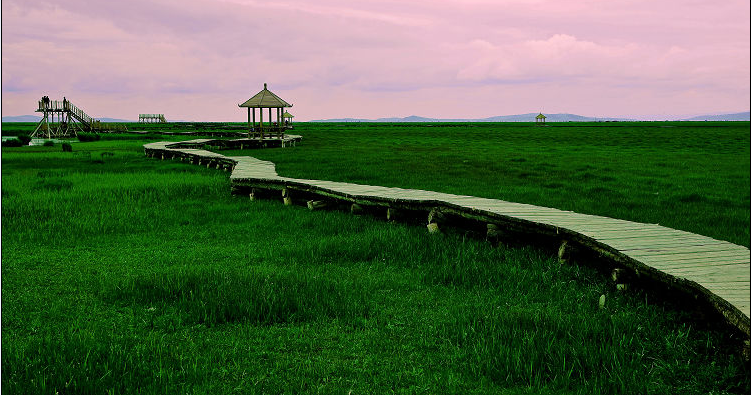
Zoige Plateau, the major methane emission hotspot in the eastern edge of Qinghai-Tibetan Plateau , is a complete and orbicular plateau surrounded by a series of alpine mountains. The plateau covers an area of 2.8 × 104 km2. Numerous alpine wetlands and lakes have developed on the plateau, accounting for 17.8% of the plateau coverage. 
Methane fluxes in alpine ecosystems remain insufficiently studied, especially in terms of the magnitude, temporal, and spatial patterns. Chengdu Institute of Biology Prof. WU Ning’s team measured methane fluxes among six ecosystems and microsites within each ecosystem at Zoige National Wetland Reserve, to quantify the mean methane emission of alpine ecosystems.
Researchers in this study found that the average methane emission from Zoige Plateau was 2.25 mg CH4 m−2 h−1, which fell into the range of methane emission rate reported by a number of studies in other alpine wetlands. Prevailing ecosystem types had important impacts on the methane flux on the landscape scale.
While, in the wet ecosystems, the microsites had different methane emissions resulting from the differences in the depth of water table and associated vegetation characteristics. The identification of the microsites based on their vegetation characteristics thus allows upscaling of methane emissions in these ecosystems.
However, in the dry ecosystems showing even methane uptake, the spatial variation in the methane fluxes was low and the vegetation has a poor predicative value for the methane fluxes. There, the soil porosity linked to the gas diffusion rate in soil would be the key factor explaining methane fluxes.
This research got supports from National Natural Foundation of China, Chinese Postdoctoral Foundation, and Key Laboratory of Mountainous Ecological Restoration and Biological Resources Utilization, Chinese Academy of Sciences and more details have been published in WATER AIR AND SOIL POLLUTION, 217, (14): 173-183.